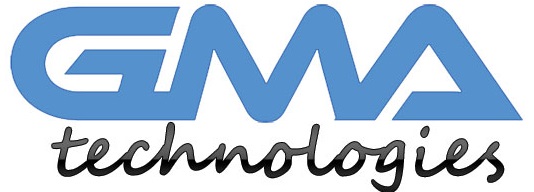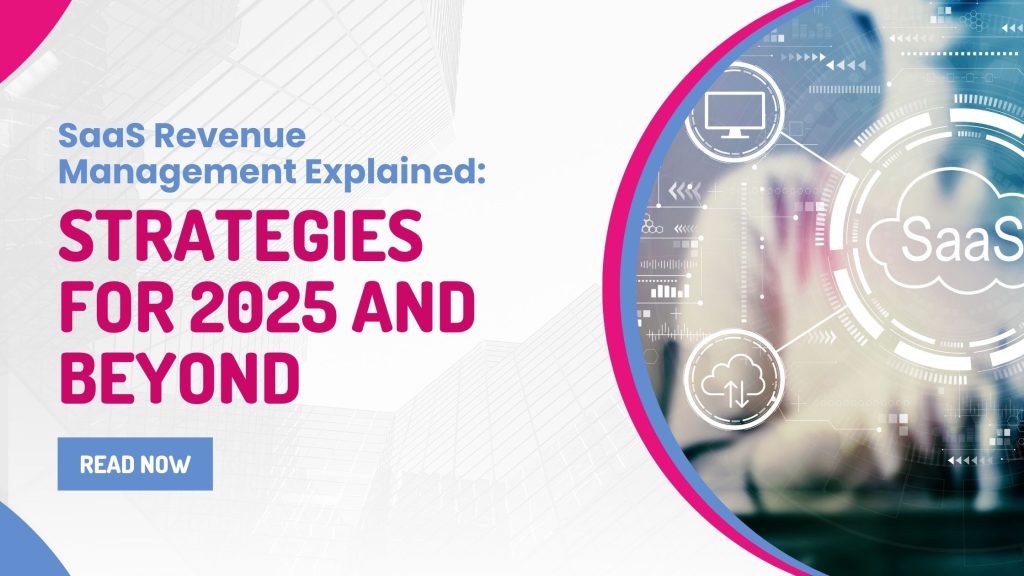As the SaaS (Software as a Service) landscape continues to evolve, effective revenue management has become a crucial cornerstone for success. Companies in this dynamic sector face unique challenges that require innovative strategies tailored to their specific needs. With shifting market conditions and growing competition, mastering SaaS revenue management is no longer optional; it’s essential for sustaining growth and profitability.
Imagine navigating through an ocean of data while trying to steer your business toward increasing profitability. Revenue streams can be unpredictable, making it vital for SaaS companies to adopt a proactive approach. In this blog post, we will explore the intricacies of SaaS revenue management—unpacking its importance, key metrics you should monitor, and actionable strategies designed for 2025 and beyond.
Join us as we delve into real-world case studies showcasing successful implementation of these principles and tackle common challenges with practical solutions. Prepare yourself for insights that could redefine how you think about managing your revenue streams in the fast-paced world of SaaS!
The Importance of Revenue Management for SaaS Companies
Revenue management is crucial for SaaS companies navigating a competitive landscape. It allows businesses to maximize profitability, ensuring that every dollar earned contributes to growth.
By analyzing customer behavior and market trends, revenue management helps in making informed pricing decisions. This insight can lead to optimized subscription models that attract diverse clientele.
Moreover, effective revenue management enhances cash flow forecasting. Predictable income streams enable better resource allocation and strategic planning.
Understanding value perception also plays a significant role. When companies grasp what customers are willing to pay, they can tailor their offerings accordingly.
In an era where customer expectations evolve rapidly, active revenue management keeps SaaS businesses adaptable and responsive. Embracing these practices fosters long-term sustainability while empowering organizations to thrive amidst changes in the market dynamics.
Key Metrics for SaaS Revenue Management
Understanding key metrics is crucial for effective SaaS revenue management. These indicators provide insights into your business’s financial health and growth potential.
Monthly Recurring Revenue (MRR) stands at the forefront of these metrics. It reflects the predictable income generated each month, allowing companies to forecast future earnings accurately.
Churn rate also plays a significant role. This metric measures customer retention by tracking how many customers stop using your service over time. A high churn rate can indicate underlying issues that need addressing.
Customer Acquisition Cost (CAC) offers another vital perspective. It reveals how much you’re spending to attract new clients, helping you assess the efficiency of your marketing efforts.
Customer Lifetime Value (CLV) helps gauge long-term profitability by predicting how much revenue a single customer will generate throughout their relationship with your company. Balancing these metrics ensures sustainable growth in an ever-evolving market.
Strategies for Increasing SaaS Revenue in 2025 and Beyond
Embracing dynamic pricing models will be essential for SaaS companies in the coming years. Adjusting prices based on user behavior and market demand can maximize revenue.
Enhancing customer experience through personalized onboarding is another key strategy. Tailored experiences help users understand product value, leading to higher retention rates and upsell opportunities.
Investing in data analytics allows businesses to make informed decisions. By understanding user patterns, companies can identify areas for growth and potential churn risks.
Leveraging partnerships with complementary services will open new avenues for revenue streams. Collaborating with other platforms can introduce your software to a broader audience, boosting visibility and sales.
Focusing on community-driven marketing fosters loyalty. Engaging customers as brand advocates not only enhances trust but also attracts new users organically.
Case Studies: Successful Implementation of Revenue Management in SaaS Companies
Case studies provide valuable insights into how effective SaaS revenue management strategies can transform businesses. One notable example is Company X, which implemented dynamic pricing models based on customer behavior analytics. This approach resulted in a 25% increase in MRR within just six months.
Another success story comes from Company Y, which focused on tiered subscription plans tailored to different user needs. By segmenting their offerings and promoting upgrades, they achieved an impressive boost in upsell conversions.
Company Z took a different route by emphasizing customer retention through proactive engagement strategies. Implementing churn prediction tools allowed them to identify at-risk customers and tailor outreach campaigns effectively. As a result, they reduced churn rates significantly over the year.
These examples highlight that with innovative thinking and data-driven decisions, SaaS companies can navigate the complexities of revenue management successfully.
Challenges and Solutions for SaaS Revenue Management
SaaS revenue management presents unique challenges that can hinder growth. One major issue is pricing complexity. With various subscription tiers and add-ons, customers often feel overwhelmed, leading to decision paralysis.
Another challenge is churn rate. High customer turnover can significantly impact revenue projections. Understanding why users leave requires deep analysis of customer behavior and feedback.
Data integration also poses difficulties. Many SaaS companies struggle to consolidate financial data from multiple sources, making it hard to gain accurate insights into performance metrics.
To combat these issues, implementing clear pricing strategies helps simplify choices for customers. Utilizing machine learning tools can assist in predicting churn by analyzing usage patterns and behaviors.
Moreover, investing in an integrated analytics platform allows businesses to streamline data collection and reporting processes, ensuring informed decision-making at every step of the revenue management journey.
Conclusion: The Future of SaaS Revenue Management and its Impact on the Industry
The landscape of SaaS Revenue Management is evolving rapidly. As technology advances, companies must adapt to maintain their competitive edge. The future holds promising prospects for those who embrace innovative strategies and key metrics.
With the rise of artificial intelligence and machine learning, revenue management will become more sophisticated. Predictive analytics will enable companies to anticipate customer behavior better than ever before. This shift can lead to improved pricing models and personalized experiences that drive customer loyalty.
Additionally, subscription-based models are likely to continue dominating the market. Businesses need to refine their approaches continually by focusing on customer retention and upselling opportunities. Understanding user engagement through detailed metrics will be crucial in crafting targeted marketing campaigns that resonate with current users while attracting new ones.
As SaaS companies navigate these changes, collaboration across teams—such as sales, marketing, and finance—will play a pivotal role in success. Streamlined communication can enhance decision-making processes around pricing strategies and promotional offers.
Successful revenue management isn’t just about numbers; it’s about understanding customers’ needs and delivering value consistently. Companies that prioritize this mindset are likely to see sustainable growth even amid market fluctuations.
The impact of effective SaaS Revenue Management will shape not only individual businesses but also the industry as a whole. By staying ahead of trends and leveraging data-driven insights, SaaS providers can thrive in this dynamic environment where adaptability is critical for long-term success.

